Blog and In the News
-
 Woodlawn and the Gilded Age
Woodlawn and the Gilded AgeAs fans of the television production “Gilded Age” await the launch of Season 2, Woodlawn prepares for zealous visitors on the search for sites associated with the show. The first season focused on Bertha Russell who was modeled after Alva Belmont when she was married to William Kissam Vanderbilt. Other Woodlawn notables featured in the …
Read More -
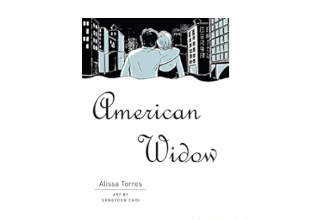 9/11 Graphic Novels: “American Widow”
9/11 Graphic Novels: “American Widow”Written by Alissa Torres and drawn by Sungyoon Choi, American Widow is the heart-rending true story about Torres’s experience as a widow of the 9/11 terrorist attacks. Beautifully and thoughtfully illustrated, the graphic novel memoir recounts Torres’s tempestuous journey through shock, pain, confusion, birth, and rebirth in the wake of the death of her husband …
Read More -
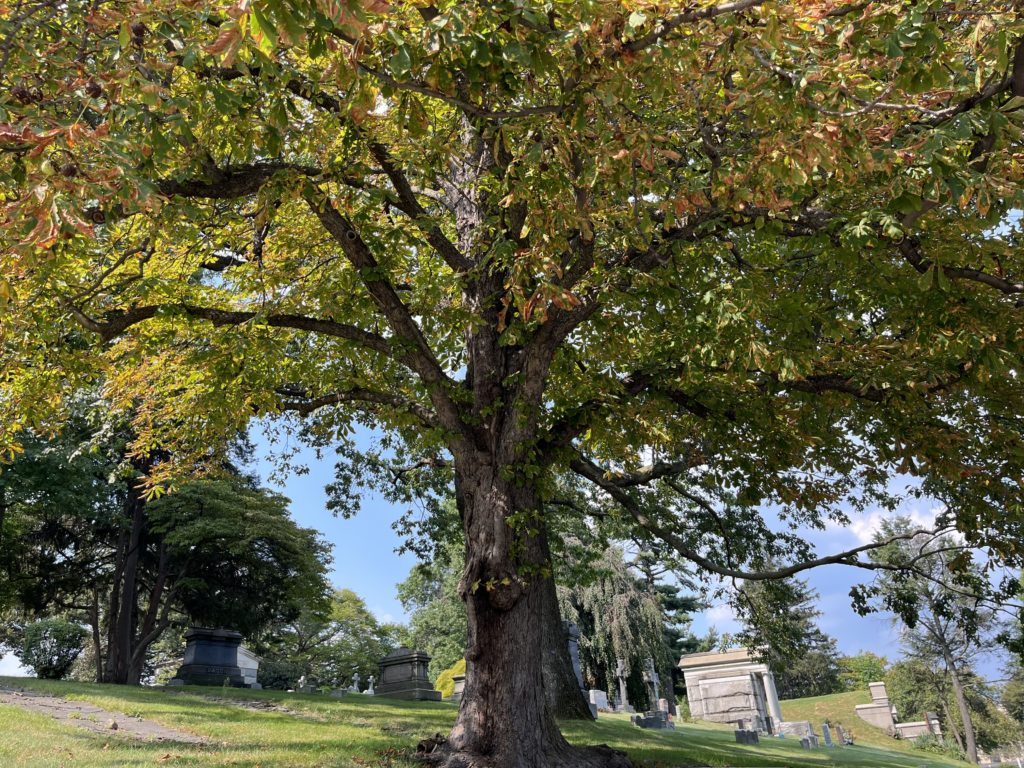 The Meaning of Trees: Horse Chestnut
The Meaning of Trees: Horse ChestnutA tree native to parts of Southeastern Europe, the horse chestnut (Aesculus hippocastanum) produces spiny-shelled fruits containing seeds (conkers). With its striking flowers, the horse chestnut is prized for its aesthetic value as an amenity tree. A large, handsome element in any landscape, the flowering horse chestnut, with its mahogany-bright conkers, are the very essence …
Read More -
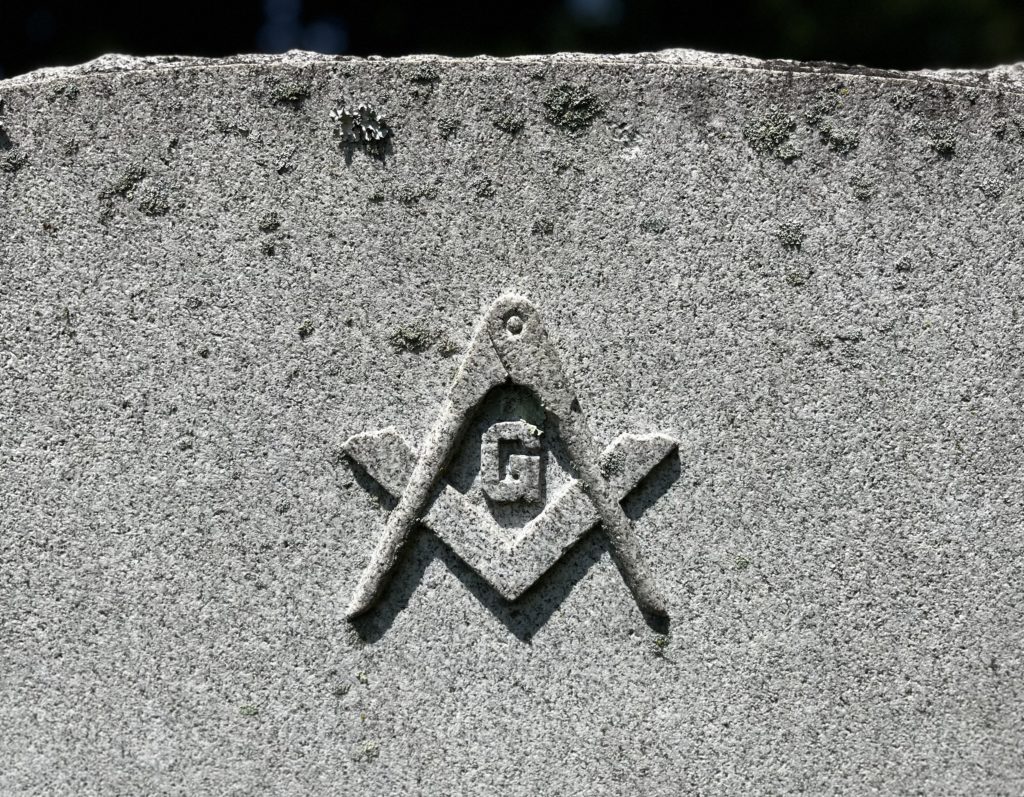 The Art of the Cemetery: Square and Compass
The Art of the Cemetery: Square and CompassTracing their their origins to the local guilds of stonemasons that built castles and cathedrals during the Middle Ages in Europe, freemasons are members of the world’s oldest fraternal organization. The fraternal order, which dates back to the 14th century, has a long and complex history. A worldwide organization, its members have included politicians, engineers, scientists, writers, …
Read More -
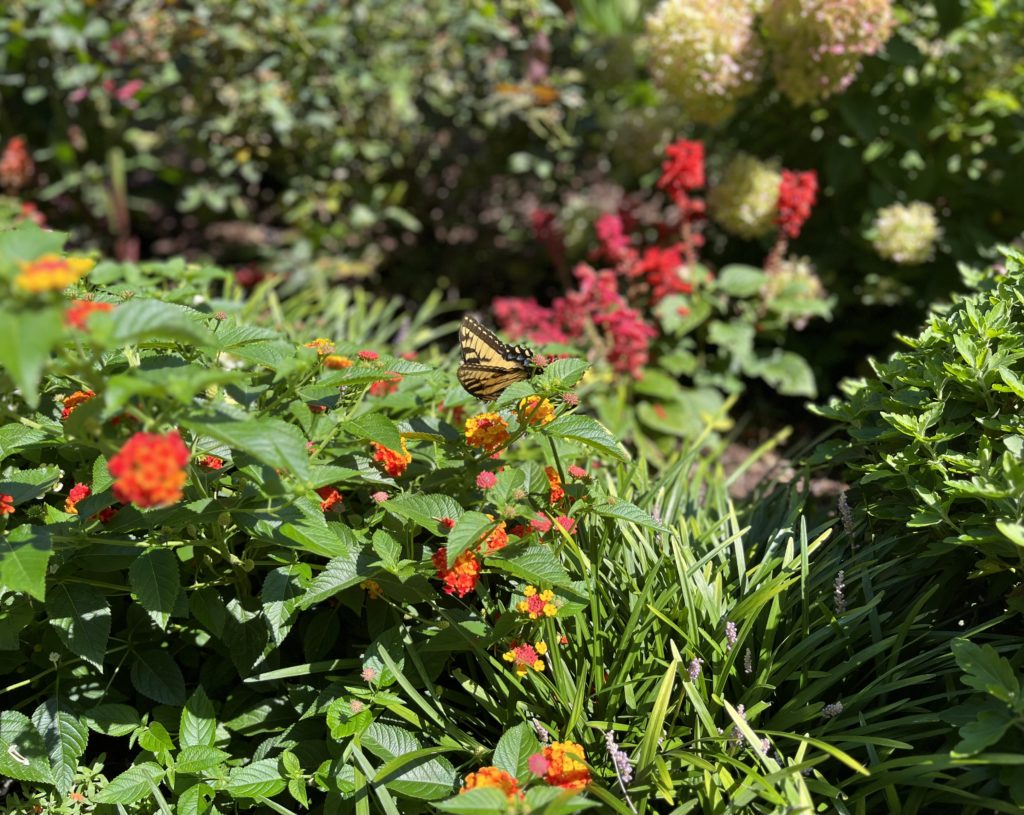 Gardens with Wings: Significance of Butterflies in Association with Cemeteries
Gardens with Wings: Significance of Butterflies in Association with CemeteriesButterflies, like moths, are the adult flying stage of any numerous species of insects belonging to an order called Lepidoptera. Aside from folding their wings vertically up over their backs as opposed to holding their wings in a tent-like fashion that veils the abdomen, butterflies in the main are larger and have more colorful patterns …
Read More -
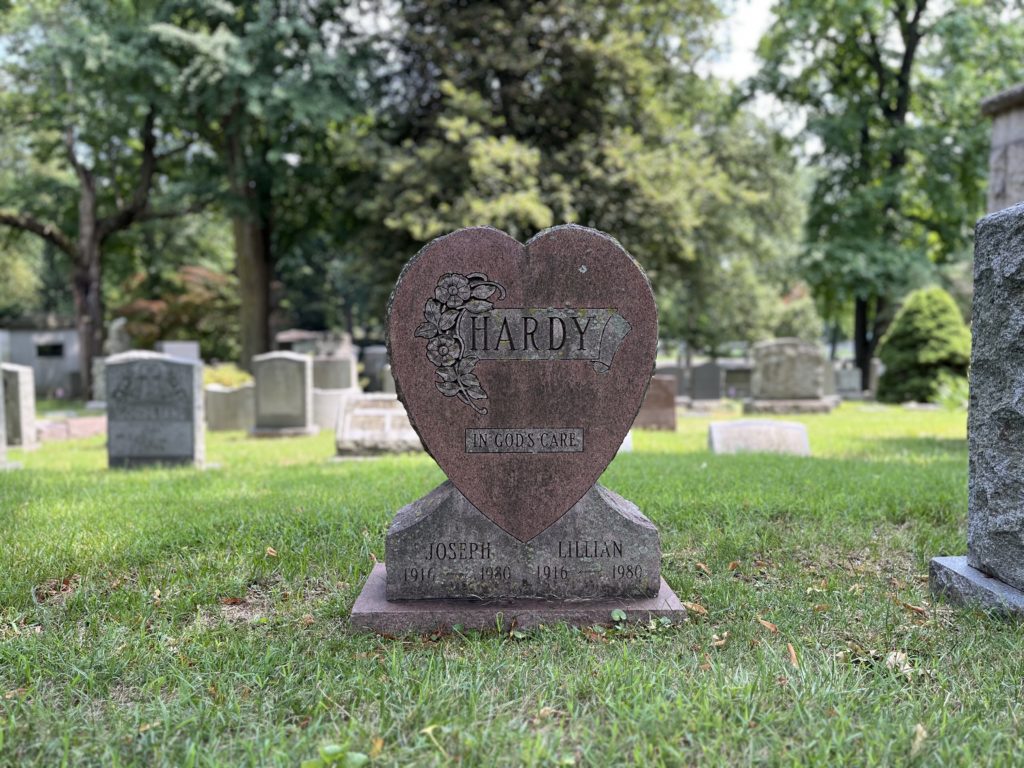 The Art of the Cemetery: Heart
The Art of the Cemetery: HeartIn a metaphorical sense, a heart shape, also known as a heart symbol, is a shape used to communicate the idea of the heart and love. Widely accepted as the link shape to the human heart, the the heart symbol is often used to represent the center of emotion, including affection and love, especially romantic love. In …
Read More -
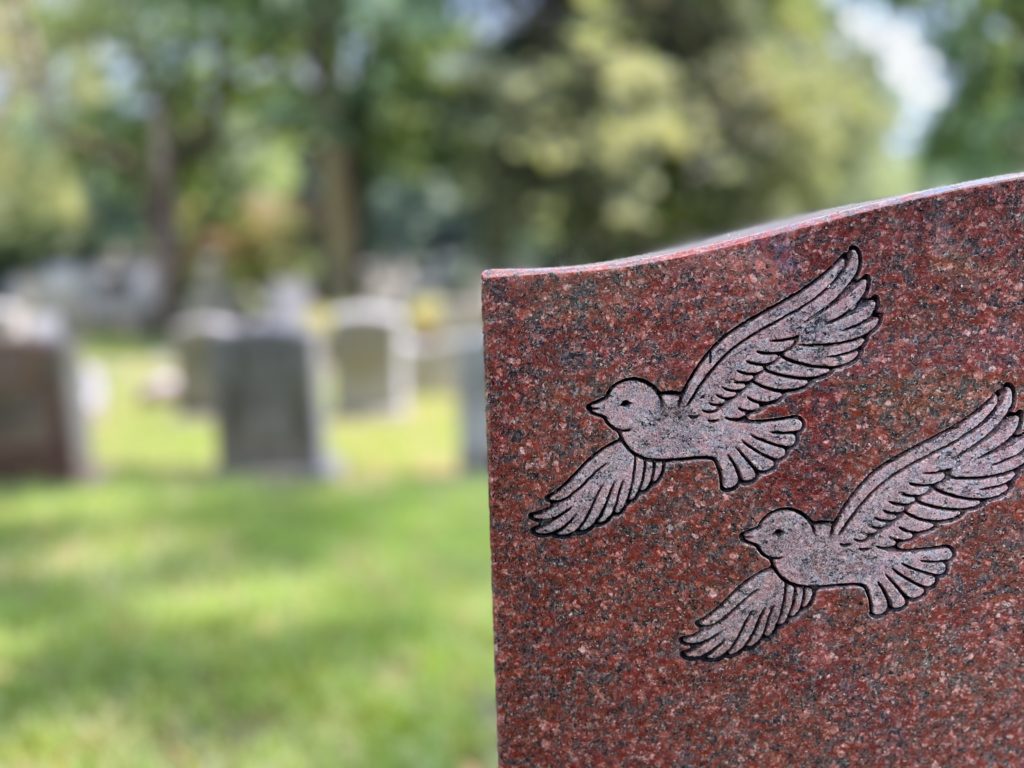 The Art of the Cemetery: Dove
The Art of the Cemetery: DoveStout-bodied birds with short necks, pigeons and doves belong to the same family of birds, Columbidae, which consists of over 300 species of birds. While doves and pigeons come from the same family, doves are generally smaller, whereas pigeons are the larger species. The other key difference is that pigeons have straighter tails, whereas doves’ tails appear …
Read More -
 The Art of the Cemetery: Sphere
The Art of the Cemetery: SphereIn the most fundamental sense, a sphere is a three-dimensional circle. The shape of a sphere is round and it does not have any faces. Every point on the surface of this geometric object is equidistant from its center. The sphere is a universal symbol of totality. Looking at the spacial aspect, everything encircled and enframed …
Read More -
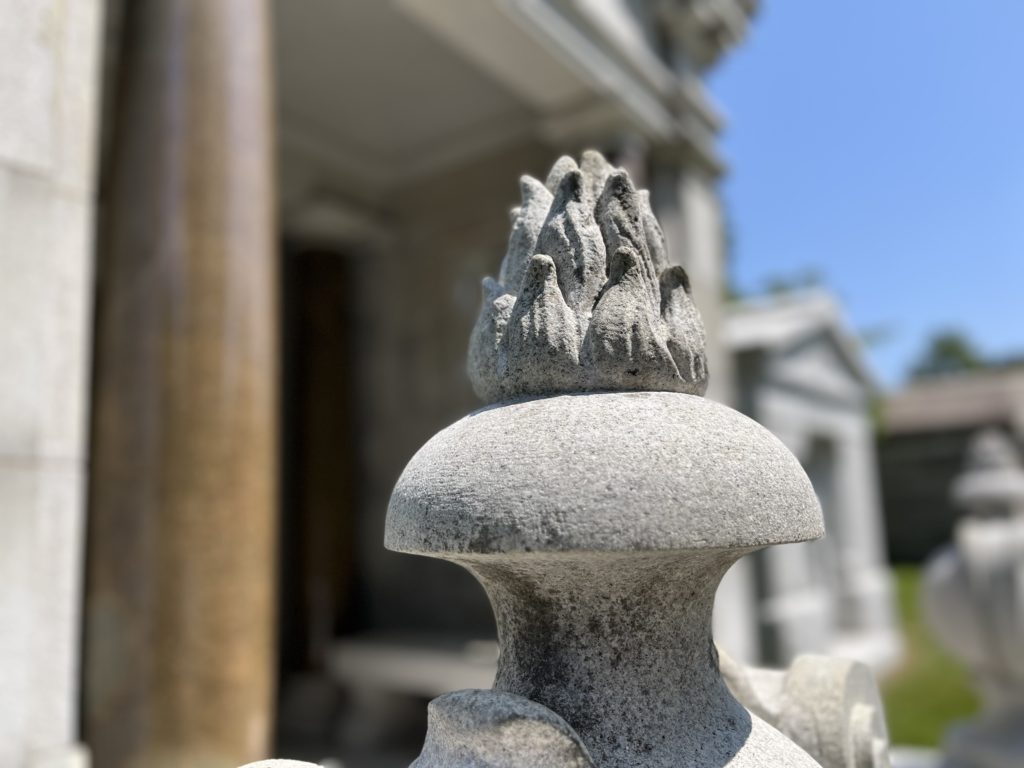 The Art of the Cemetery: Lit Torch
The Art of the Cemetery: Lit TorchThe term “funeral” comes from the Latin word “funeralis,” which means a “torch-lit procession.” As a matter of custom, Romans almost always buried their dead at night with a torch light leading the way. Roman funerals were held at night to forestall large public gatherings, and discourage crowds and excessive mourning which, especially in the case …
Read More -
 The Art of the Cemetery: Obelisk
The Art of the Cemetery: ObeliskThe word “obelisk” derives from the Greek word “obeliskos,” which means a spit or a pointed object for roasting. A celebratory monument originating from Ancient Egypt, obelisks are a rectangular pillar with a tapered top forming a pyramidion (a miniature pyramid) set on a base. By definition, an obelisk is an upright 4-sided monolithic pillar that …
Read More
